Ever stood in the paint aisle, staring at all those cans, wondering which one is right for your wood project? Yeah, me too. Polyurethane varnish is one of those options that pop up a lot. It’s like the Swiss army knife of finishes—versatile and tough. But what exactly is it? And how do you know if it’s the right choice for your project? In this article NewTec Group will be share the useful information to help you understanding is polyurethane. Let’s break it down.
Key Takeaways
- Polyurethane varnish is a popular choice for wood finishing due to its durability and versatility.
- There are two main types: oil-based and water-based, each with its own pros and cons.
- Choosing the right type depends on whether your project is indoors or outdoors, and the desired finish.
- Proper application is key to achieving a smooth, professional look without bubbles or brush marks.
- Regular maintenance ensures longevity and keeps your wood looking fresh.
What Is Polyurethane Varnish?
Definition and Composition
Polyurethane varnish is a synthetic resin that forms a hard, protective layer on wood surfaces. It comes in two primary forms: oil-based and water-based. Oil-based polyurethane is known for its durability and a rich, amber hue, while water-based versions are clear, dry faster, and are considered more environmentally friendly.
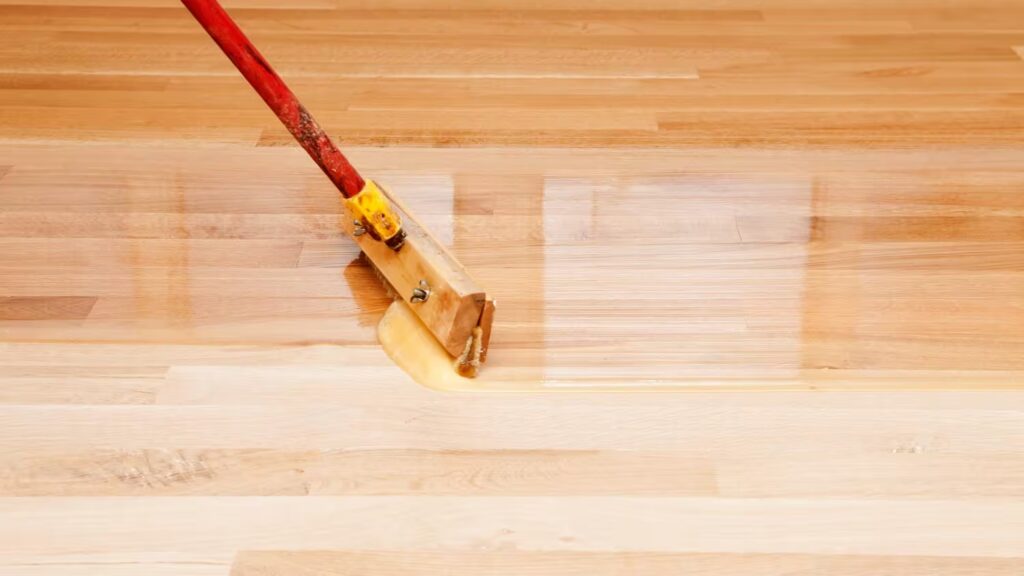
Types of Polyurethane Varnish
There are several types of polyurethane varnishes, each suitable for different applications:
- Oil-Based Polyurethane: Offers a durable finish with a warm, amber tone. It takes longer to dry and is ideal for high-traffic areas.
- Water-Based Polyurethane: Dries quickly and is clear, making it perfect for preserving the natural color of light woods. It also has lower VOCs, making it more eco-friendly.
- Polyurethane Floor Coating: Known for its durability and resistance to chemicals and UV light, making it suitable for residential, commercial, and industrial applications. Learn more about polyurea floor coating and its benefits.
Key Benefits of Using Polyurethane Varnish
Polyurethane varnish offers numerous advantages for wood projects:
- Durability: Highly resistant to scratches, scuffs, and spills, making it ideal for high-traffic areas.
- Versatility: Suitable for various wood types and can be used in residential and commercial settings.
- Ease of Maintenance: Easy to clean, requiring only regular sweeping and occasional mopping.
- Aesthetic Appeal: Available in different sheens, from matte to high gloss, allowing for a range of aesthetic preferences.
Polyurethane varnish is a versatile and reliable choice for anyone looking to protect and enhance their wood surfaces. Its durability and ease of maintenance make it a popular option for both homeowners and businesses.
In the construction industry, polyurethane varnish is valued for its protective qualities and aesthetic enhancement of wood materials. Looking towards the future, innovations in polyurethane technology promise to further improve its environmental footprint and performance.
NewTec Group, based in Vietnam, is a leading manufacturer and exporter of polyurethane products. They are actively seeking partnerships with construction companies and distributors to expand their reach and bring advanced polyurethane solutions to the global market. With a commitment to quality and innovation, NewTec Group stands at the forefront of this evolving industry.
How to Choose the Right Polyurethane Varnish for Your Project
Considerations for Interior vs. Exterior Use
Choosing the right polyurethane varnish starts with knowing where you’ll use it. For indoor projects, both oil-based and water-based polyurethanes work well. Oil-based options add a warm, amber tone, while water-based ones keep the wood’s natural color. For outdoor projects, look for varnishes with UV protection to stand up to the elements. Oil-based polyurethanes are often more durable outside, but some water-based formulas are also fit for the job.
Selecting the Appropriate Gloss Level
The gloss level of your polyurethane varnish affects both the look and durability of your project. Here’s a quick rundown:
- High-Gloss: Shiny and reflective, enhancing wood grain and color but showing scratches easily.
- Semi-Gloss: Offers a balance between shine and practicality, suitable for furniture and cabinetry.
- Satin: Provides a soft sheen, hiding imperfections better than glossier finishes, and is versatile for floors and furniture.
- Matte: Least shiny, giving a natural, understated look, perfect for a rustic appearance.
Understanding Oil-Based vs. Water-Based Options
Understanding the differences between oil-based and water-based polyurethanes is crucial for making the right choice. Oil-based polyurethanes offer a rich, warm finish and are known for their durability, making them suitable for high-traffic areas. However, they have higher VOC content and longer drying times. Water-based polyurethanes dry faster, have lower VOCs, and maintain the wood’s natural appearance, making them a more environmentally friendly option.
When selecting a polyurethane varnish, consider the specific needs of your project, the environmental conditions, and the desired finish. Balancing these factors will help you achieve the best results.
Industry Insights and Innovations
Polyurethane varnish isn’t just for wood enthusiasts. It’s a key player in modern construction, offering durability and a polished finish. Companies like NewTec Group in Vietnam are at the forefront, producing and exporting innovative polyurethane solutions. They are actively seeking partnerships with construction companies and distributors to expand their reach and impact in the industry. NewTec’s commitment to quality and sustainability ensures that its products protect and enhance the beauty of wood projects worldwide.
Application Techniques for Polyurethane Varnish
Preparing the Surface for Application
Before you even think about applying polyurethane, preparing the surface is crucial. Start by sanding your wood project with progressively finer grits, finishing with 220-grit sandpaper. This ensures a smooth base for the varnish to adhere to. Once sanding is complete, remove all dust and debris using a vacuum or tack cloth. A clean surface is essential for a flawless finish.
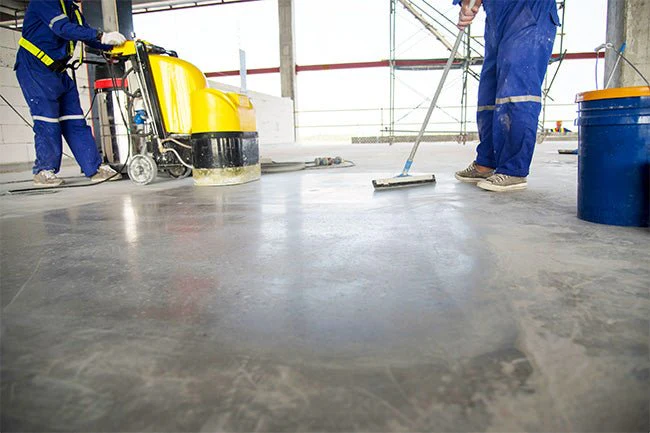
Preparing the surface is crucial
Step-by-Step Application Process
- Stirring: Gently stir the polyurethane to avoid bubbles. Pour a small amount into a separate container to prevent contamination.
- Application Method:
- Brush-On: Use a high-quality brush for control. Apply in long, even strokes, following the wood grain.
- Wipe-On: Soak a cloth in polyurethane and wipe it on for a thin layer. This method is great for intricate details.
- Spray-On: Ideal for large areas, ensuring a smooth finish. Maintain a consistent distance from the surface.
- Drying: Allow each coat to dry completely before applying the next. Follow the manufacturer’s instructions for drying times.
Pro Tip: Always ensure the room is dust-free before application to prevent imperfections in the finish.
Common Mistakes to Avoid
- Skipping Surface Preparation: Not preparing the surface properly can lead to adhesion issues.
- Inadequate Drying Time: Rushing the drying process can result in a poor finish. Always allow each coat to dry completely.
- Using Incorrect Tools: Use high-quality brushes or rollers designed for polyurethane to avoid bubbles or streaks.
Polyurethane varnish is a popular choice among woodworkers and construction professionals. As a leading polyurethane manufacturer, NewTec Group in Vietnam offers high-quality products suitable for various applications. They are actively seeking partnerships with construction companies and distributors to expand their reach. With innovation at the forefront, NewTec Group is poised to play a significant role in the future of construction materials.
Comparing Polyurethane Varnish with Other Finishes
Polyurethane vs. Varnish
Polyurethane and varnish both provide durable finishes, but they have distinct differences. Polyurethane offers superior protection against scratches and wear, making it ideal for high-traffic areas like floors. It also resists moisture and temperature changes better than varnish. On the other hand, varnish is more flexible due to its higher oil content, which makes it a great choice for outdoor projects where wood expands and contracts. Additionally, varnish provides UV protection, which helps maintain the wood’s appearance in sunlight.
Source: the spruce
Polyurethane vs. Lacquer
When it comes to drying time, lacquer is hard to beat. It dries quickly, allowing for faster project completion. However, it’s more brittle and prone to chipping compared to polyurethane. Polyurethane provides a more robust and flexible finish, making it preferable for surfaces that experience heavy use. It also offers a variety of sheens, from matte to high-gloss, which can give wood a slightly plastic-like appearance at higher gloss levels.
Polyurethane vs. Shellac
Shellac is known for its warm, natural finish and ease of application. It dries quickly and is forgiving when it comes to repairs. However, it’s not as durable as polyurethane, being more susceptible to water and heat damage. Polyurethane, with its resistance to water, heat, and chemicals, is a better choice for areas exposed to moisture or high traffic. It also requires more careful application to avoid issues like brush marks and bubbles.
Choosing the right finish depends on your specific needs and project conditions. While polyurethane offers better protection for wood compared to varnish, lacquer, and shellac, understanding their unique characteristics will help you make an informed decision.
Maintaining and Caring for Polyurethane Varnished Surfaces
Routine Cleaning and Maintenance Tips
Regular maintenance is key to keeping your polyurethane-varnished surfaces looking pristine. Dust and dirt can accumulate quickly, so regular cleaning is essential. Use a soft, damp cloth to wipe down surfaces, avoiding harsh chemicals that might damage the finish. For tougher stains, a mild soap with water should do the trick.
- Daily Cleaning: Lightly dust or use a damp cloth to remove dirt.
- Weekly Cleaning: Use a mild soap solution for a deeper clean.
- Avoid: Harsh chemicals and excessive water that can harm the finish.
Consistent cleaning not only preserves the beauty of your surfaces but also extends their lifespan, keeping them looking new for years.
Repairing Scratches and Damages
Scratches and scuffs are inevitable, especially in high-traffic areas. To address these, start by lightly sanding the affected area with fine-grit sandpaper. This prepares the surface for a new coat of polyurethane. Clean the area thoroughly and apply a thin layer of polyurethane using the same application techniques as before.
- Inspect Regularly: Check for signs of wear and tear.
- Sand Lightly: Prepare the surface with a fine-grit sandpaper.
- Reapply Carefully: Use the correct tools to apply a thin coat.
Reapplication and Long-Term Care
Over time, your surfaces will need a fresh coat of polyurethane to maintain their protective layer. Follow these steps for effective reapplication:
- Inspect: Regularly check for signs of dullness or wear.
- Sand: Lightly sand the surface to ensure the new coat adheres well.
- Clean: Make sure the surface is free of dust and debris.
- Reapply: Apply a new coat of polyurethane, following the original application methods.
Proper reapplication not only revitalizes the appearance of your surfaces but also reinforces their durability, ensuring they stand up to daily use.
Polyurethane varnish is not just a finish; it’s a shield against the elements, providing both beauty and protection. In the realm of construction, companies like NewTec Group in Vietnam are pioneering the use of advanced materials like polyurethane to create sustainable, long-lasting solutions. As a manufacturer and exporter, NewTec Group is actively seeking partnerships with construction companies and distributors to expand their innovative offerings.
Environmental and Safety Considerations
Ventilation and Workspace Safety
When working with polyurethane varnish, ensuring a safe environment is crucial. Proper ventilation is a must to avoid inhaling harmful fumes. Open windows and use fans to circulate air. Personal protective equipment (PPE) like gloves, goggles, and respirator masks should be worn to shield against chemical exposure.
Handling and Disposal of Polyurethane Products
Handling polyurethane requires care. For oil-based types, clean tools with mineral spirits, while water-based versions can be cleaned with soap and water. Never dispose of polyurethane in regular trash or pour it down drains. Instead, take it to a hazardous waste facility to prevent environmental harm.
Eco-Friendly Alternatives and Innovations
As the demand for eco-friendly products grows, companies like NewTec Group are leading the way in developing sustainable solutions. Polyurea paint, for instance, offers a greener alternative with its low VOC content and high durability. These innovations not only protect the environment but also enhance the longevity of construction materials, making them a smart choice for modern projects. NewTec Group, a prominent manufacturer and exporter in Vietnam, is actively seeking partnerships with construction companies and distributors to further promote these sustainable practices.
When it comes to protecting our planet and ensuring safety, every little action counts. We encourage you to learn more about how our products can help you make a positive impact. Visit our website today to discover eco-friendly solutions that prioritize both environmental care and safety!
Conclusion
Choosing the right finish for your wood projects can seem daunting, but understanding the basics of polyurethane varnish can make the decision easier. Whether you’re aiming for durability, ease of application, or a specific aesthetic, polyurethane offers a versatile solution. Remember, oil-based options provide a rich, amber hue and are great for high-traffic areas, while water-based finishes dry faster and are more environmentally friendly. By considering your project’s specific needs and the characteristics of each type of polyurethane, you can ensure a beautiful and long-lasting finish. So, take your time, weigh your options, and enjoy the process of bringing out the best in your woodwork.
Explore more: Is Polyurethane a Varnish? Understanding the Differences and Best Uses


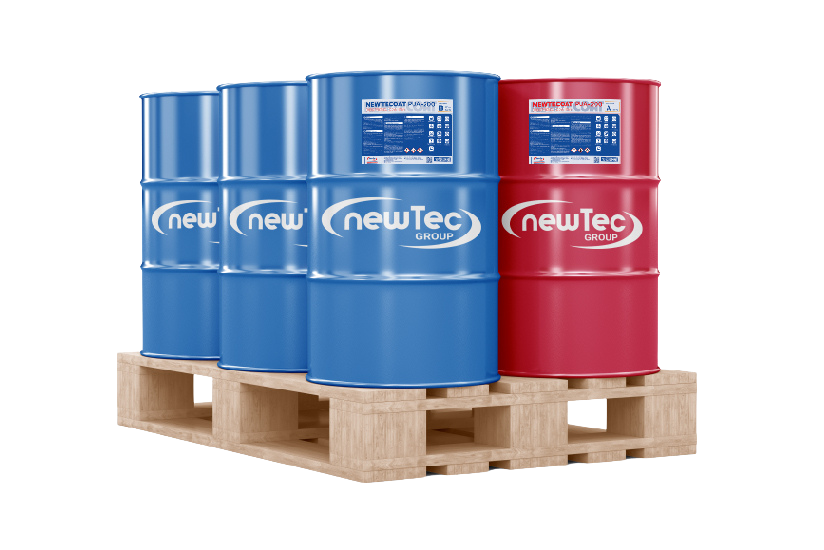
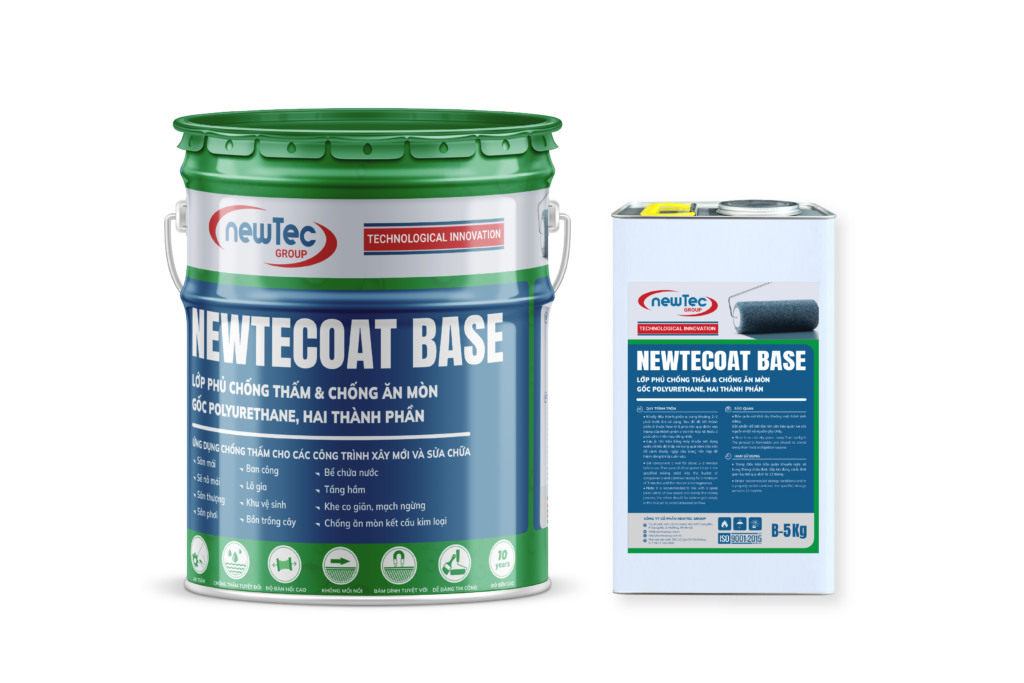
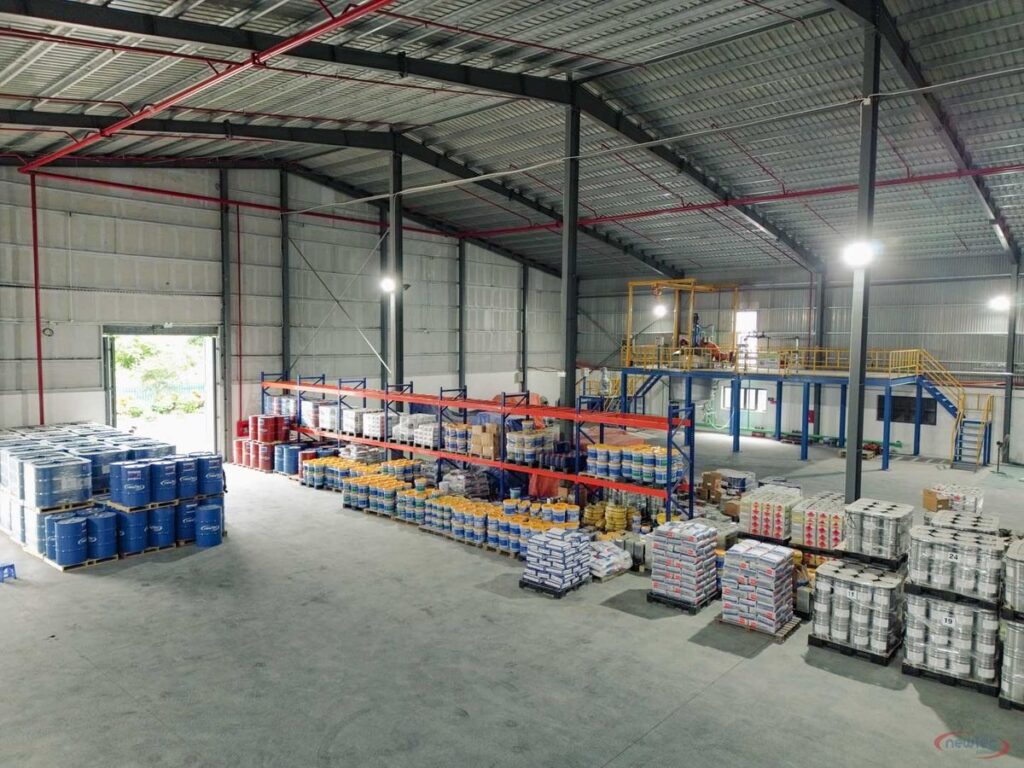
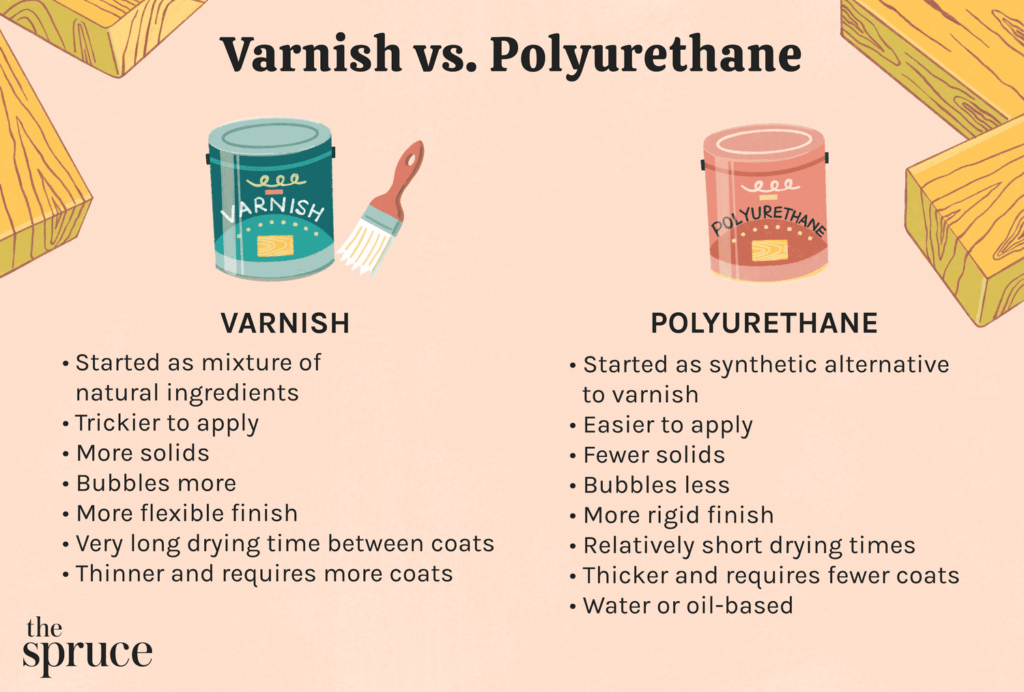
You may also be interested in
Understanding What Polyurethane Foam When Burned Gives Off: Health Risks and Safety Precautions
Polyurethane foam is commonly used in many products, from furniture to insulation. However, when it
May
Exploring the Question: Is Polyurethane Durable Enough for Everyday Use?
Polyurethane is everywhere, from the cushions on your couch to the insulation in your walls.
May
Exploring the Truth: Is Polyurethane Eco Friendly in Today’s World?
Polyurethane is everywhere these days, from your furniture to your sneakers, but is polyurethane eco
May
Trusted Polyurea Manufacturer for Philippines Supporting Industrial and Construction Excellence
The polyurea market in the Philippines is poised for significant growth from 2025 to 2031,
May
The Role of a Reliable Polyurea Manufacturer for Malaysia in Enhancing Construction Quality
Polyurea coatings have become increasingly vital in Malaysia’s industrial and construction sectors due to their
May
Reliable Polyurea Manufacturer for Cambodia Supporting Industrial and Construction Growth
Polyurea coatings are increasingly recognized for their vital role in the industrial and construction sectors,
May
Meet the Leading Polyurea Manufacturer for Thailand Powering Industrial Applications
Polyurea coatings have become an essential solution in various industrial sectors due to their exceptional durability, rapid curing times, and resistance to
May
Exploring Polyurea Manufacturer & Custom Coating Options in Southeast Asia
Polyurea coatings have become a game-changer in the protective coatings industry due to their remarkable
May